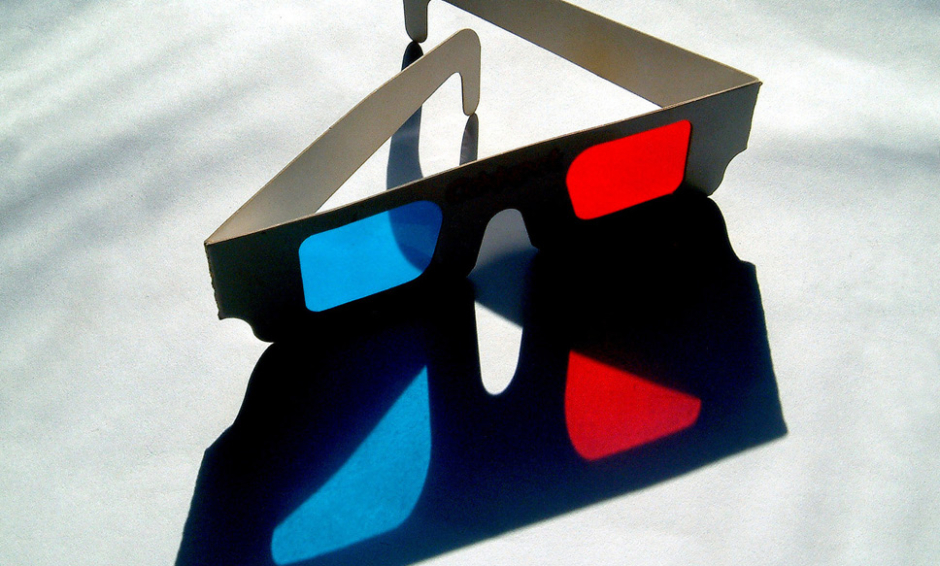INFERTILE mice, that have been surgically sterilised, have given birth to healthy offspring with the aid of three-dimensional (3D) printing functioning ovaries. Researchers at the Northwestern University Feinberg School of Medicine, Chicago, and McCormick School of Engineering and Applied Science, Evanston, Illinois, USA, undertook the study with the aim to eventually help patients of all ages who have undergone treatments, including cancer treatments, that impair their ovary function. The authors commented that current approaches, such as in vitro fertilisation (IVF) and ovarian transplants, do not provide long-term solutions for patients.
Printing of 3D structures for use in humans is already being used to tissue engineer new skin, bone, heart tissue, and cartilage. In this study, a gelatine scaffold was used, which was self-supporting and rigid enough for use in surgery. Gelatine is safe for use in humans and is an ideal material for ovary modelling due to its porous nature, which allows cells to interact with the surrounding tissue. One of the main challenges of 3D printing ovaries is ensuring follicles survive. To survive, follicles need to stay in place to reach maturity, maintain contact with other cells, and produce hormones, and if the scaffold does not hold them in place they will not survive.
Once the scaffold was implanted, the mice ovulated, mated, and successfully gave birth to healthy litters. They were even able to breast-feed their pups! The open architecture of the scaffold allowed blood vessels to develop within the implant permitting hormones to be released into the blood stream and trigger lactation in the mice, giving them the ability to breast-feed.
The authors concluded that: “This is the first study that demonstrates that scaffold architecture makes a difference in follicle survival. We wouldn’t be able to do that if we didn’t use a 3D printer platform.” Offering an alternative to donor transplantation, 3D printing is paving the way for personalised transplantation.
(Image: freeimages.com)








